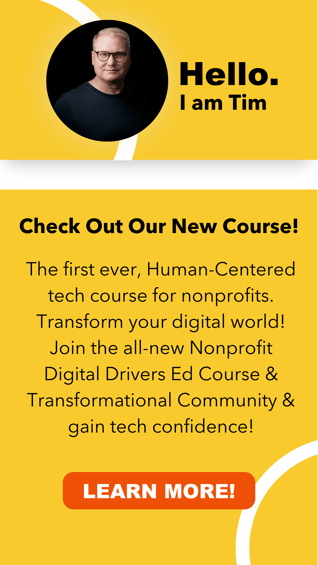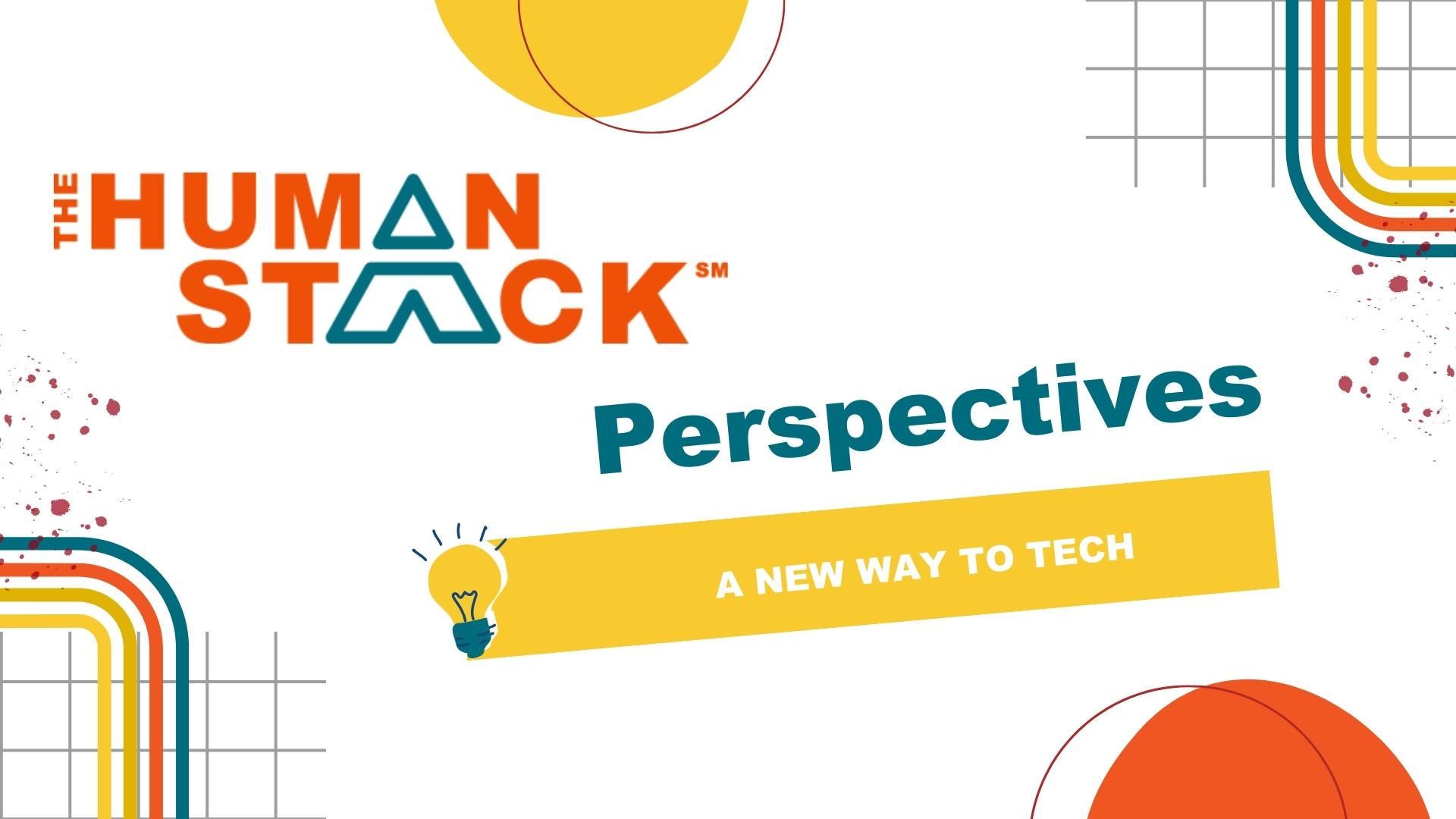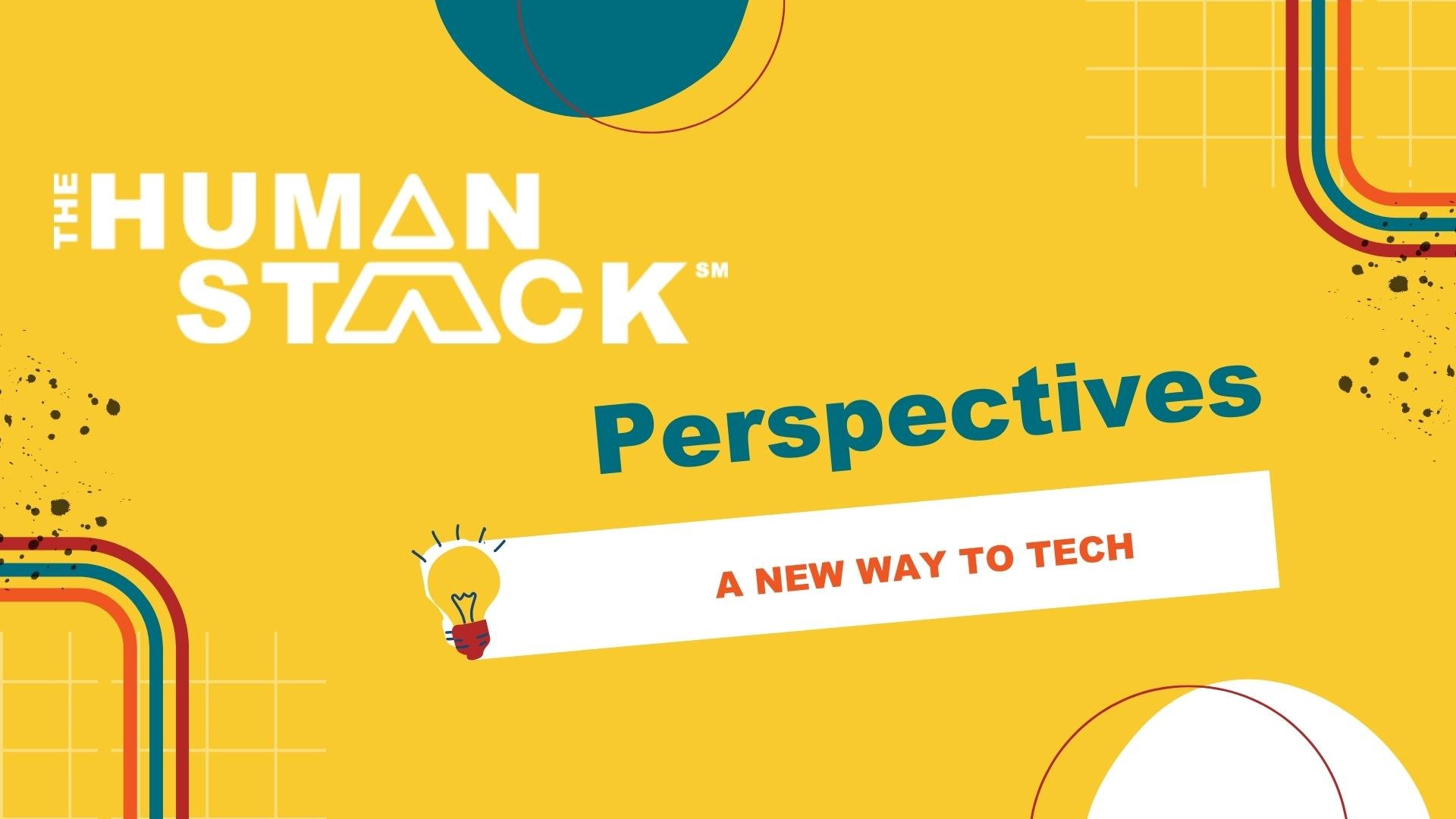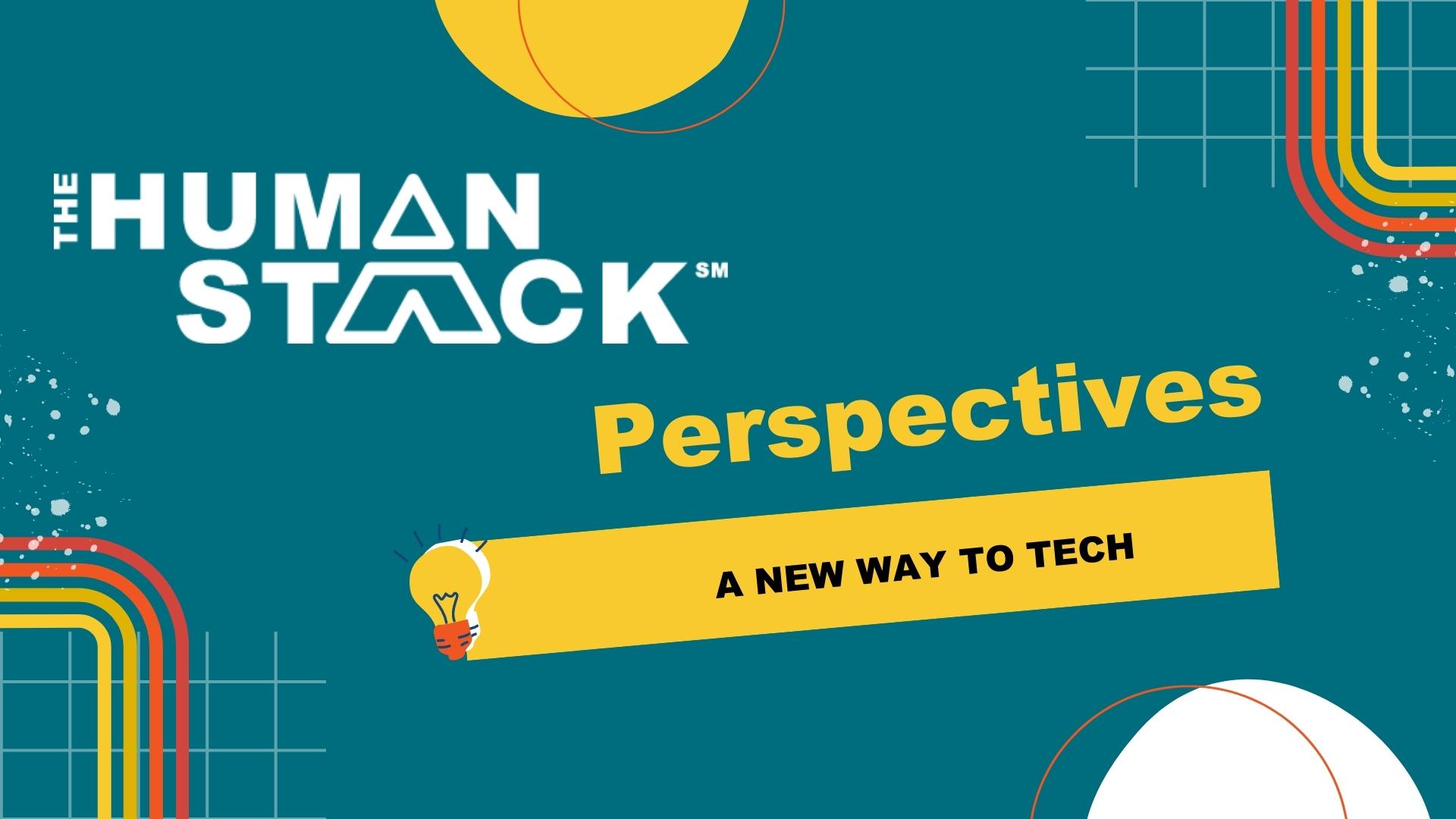4 min read
Your Staff is a Goldmine of Insight For a Successful Nonprofit CRM Transformation—Here's How to Gather Gems
 Tim Lockie
:
March 16, 2021
Tim Lockie
:
March 16, 2021
As a nonprofit executive, you’re good at finding solutions to make the world a better place. So when you’re at odds with your staff about the technology they use (and in which you’ve heavily invested) it is frustrating to not have a quick solution.
Nonprofit leaders invest a lot of time and money into researching and buying a CRM platform that should serve their organization well — and propel their fundraising efforts — for years to come. But when the seams start to show and staff begin to revert back to their old way of doing things, it’s a sign that you need to start doing things differently.
Nine times out of ten, the tech isn't at fault. On the contrary, these problems are a sign that your organization needs to do a level set. You need to get on the same page about what you want to get out of your CRM — and how you will use the tech to achieve those goals.
So what do you do?
First, know that you don’t have to come up with the solution on your own. The right implementation partner has experience in tech implementation that goes beyond the software — and changes your organization’s operations at a fundamental level.
Because at the end of the day, the solutions won’t be found in the technology. They’ll be found in the people who use the software day in and day out.
Stuck With Staff That Won’t Buy-In to Your Nonprofit’s Tech? You Need a Partner.
When you first decide to use a new CRM, there’s excitement and hope for long-term success. Your staff is excited about the fresh possibility of intuitive tech, and you’re looking forward to achieving your nonprofit’s goals faster. You start to believe everybody's on the right track.
Over time, you discover a department having its own separate meeting about new tech priorities over here. And another department is still using Excel sheets over there. You realize that no one has bought into the tech, and you cry “Uncle!” in defeat.
But before things can get better, you may have to face some uncomfortable truths.
It’s like this: Have you ever started a new challenge like exercising every day, giving up sugar, or quitting social media? The first 30 days are usually the hardest, right? You’re faced with discomfort and challenges, but you know you should push forward. Why? It’s good for you.
When you invest your resources into addressing the root causes of your staff’s reluctance to the tech, it can feel much the same way. The first month of gathering feedback from them about their day-to-day experience, frustrations, and opinions of the CRM they work with can feel unexpectedly uncomfortable because of what you learn.
But it’s the first step in reconciling you, your staff, and the tech.
Involving an implementation partner that works to understand your organization and its needs is also a logical next step. They’ll provide you with a framework for gathering feedback, building strong user satisfaction, and mitigating issues to make your technology investment work better for everyone.
Technology Talk and Uncomfortable Truths
Implementing a framework for soliciting candid feedback is your organization’s first step in addressing any issues. And hold on, because this is where it gets uncomfortable.
A lot of times, this open dialogue is the first time that you may hear a different perspective outside of your own ideas of how people use tech to do their jobs and accomplish goals. But in reality, the day-to-day experience of your staff is far removed from the rosy picture you may have believed when you purchased the technology.
When you go down this route of inviting a dialogue, don’t be surprised to learn that there is a disconnect between what you believed to be the best option for your CRM platform and its configurations, and what your staff believed would be most effective and powerful.
If you were responsible for researching and purchasing the technology, this dialogue may be the first time you hear about any concerns with it. And to your staff, it may be the first time they get to express their frustration or confusion as to why this technology was purchased without certain strategies in mind. In other words: Why didn’t you ask them their opinions before you signed on the dotted line?
The first few weeks of working with an implementation consultant can also feel disorienting; everyone is suddenly surfacing issues and there’s disruption at every turn. When you discover that what you thought was happening is far different from reality, it takes time to straighten out all the details and know-how to continue your work in the most efficient way.
An implementation consultant will help you find an effective way to capture your staff’s honest feedback so you’re much better positioned to solve issues and fix what’s wrong before the tension builds.
Discovering Different Perspectives Through Open Dialogue
Once you start collecting feedback from your staff, you should never stop. Because you’ll find that providing space for you and your staff to connect can strengthen mutual understanding.
Beyond the first few weeks of listening to your staff and having tough conversations about how they truly feel about the technology you purchased, the decision-making process leading up to the purchase, and how to solve existing issues, you’ll discover you need to stop everything before forging ahead.
When you take time to stop plowing through the work and understand why your staff is having issues, you show your staff that you’re open to their experiences and needs.
By taking that pause, you’re helping to bridge a possible power differential that often creates more dissonance between staff and leadership, rather than assuming your staff’s background and views are the same as yours.
Maybe your background and experience inform a different perspective on technology. Maybe you’ve had access to technology your entire life, but someone on your staff hasn’t had the same experience. Because everyone’s background — their age, socioeconomic upbringing, even race — inform our perspective on technology. You can’t assume that your staff is homogenous and views tech in the same way you do.
The bottom line? The right implementation partner can focus on setting up a proven framework to encourage feedback, find routes for solutions, and break down key conversations that lead to breakthroughs. You just focus on fostering a great working environment for your staff so you can all achieve your nonprofit’s goals together.






